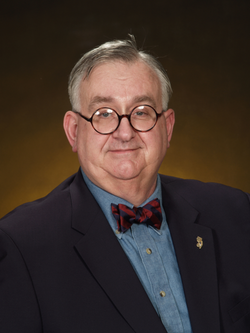Once again my friends we are headed into a New Year. None of us can foresee what 2009 holds for us. We hope for the best, but each of us must accept what the Good Lord has in store for us. However, those of us here at Respondersafety.com want to promise you that we will continue our work to make things safer on the highways and byways of the world.
As we close the books on the year 2008, we must note with sadness the loss of Delaware Firefighter-EMT Michelle Smith. She was mortally wounded by a person who had no business being on the highways. Her death reminds us of the hazards we all face when we step out to do our duty on the highways of our response districts.
On the law enforcement front, we note with quiet satisfaction that the number of police killed during the past year was lower. That is a good thing. The number of law enforcement personnel who were killed in accidents and incidents on the highways was also down in 2008. This too is a positive step. It is our fervent hope that our safety-related efforts played a part in this.
Unfortunately, the actual number of police who were killed in "struck-by" incidents went up from 14 in 2007 to 17 last year. This increase tells me that we all have a lot more to do. We share persevere.
A recent article in the News Journal of Delaware, which I read on the Internet, stated the problems that you and I face quite clearly. The article was entitled, "Any Call a Risk for Firefighters." They listed the major problems which you and I face anytime we are called to a highway-related emergency:
- Speeding motorists
- Inattentive drivers
- Rubbernecking
As one who responds to incidents on major state and county highways in my fire district, I am all too familiar with each of these. As a matter of fact, my buddies and I here in the Adelphia Fire Company served as the target of a few inattentive drivers this past fall. We had been called to the scene of a major motor vehicle accident, with poles and wires down all over the road.
I was the driver of our first-out rescue pumper. Our unit was assigned the task of setting up a traffic control point about a half mile west of the accident site. We positioned our pumper, as per the manner in which we teach here on Respondersafety.com (as you might imagine I would).
Each of us then donned our retro-reflective traffic control vests, and set out the traffic safety cones in a pattern which would lead motorists around our rig and over to the side road into which they needed to turn in order to travel around the accident scene via alternative routes.
We might as well have painted targets on ourselves and donned signs which asked the motoring public to "hit us." Three times that afternoon, motor vehicles piloted by senior citizens rolled over our cones and came dangerously close to whacking us and the rig. We were fortunate. As you all know, others have not been as lucky.
Given the fact that our fire district budget came up a bit short this year, I took it upon myself to donate thirty (30) of the latest "Public Safety Vests" to the fire company. We got them in time to be complaint with the new federal highway safety requirements which took effect back in November. We now have a vest at each riding position. I wish to thank my dear friends at the Mason-Dixon Company for helping me to help my own fire company.
Please do all that is within your power to stay safe when you are called to operate on the highways of your district. You never know when some mobile dumb-ass will choose your fire, police, or EMS agency to show how really stupid they are. You never know, so you must always be on guard.
May 2009 prove to be a healthy and productive year for you, your families, and your fire, police, or EMS organization. Better safe than sorry my friends. Happy New Year to one and all.


